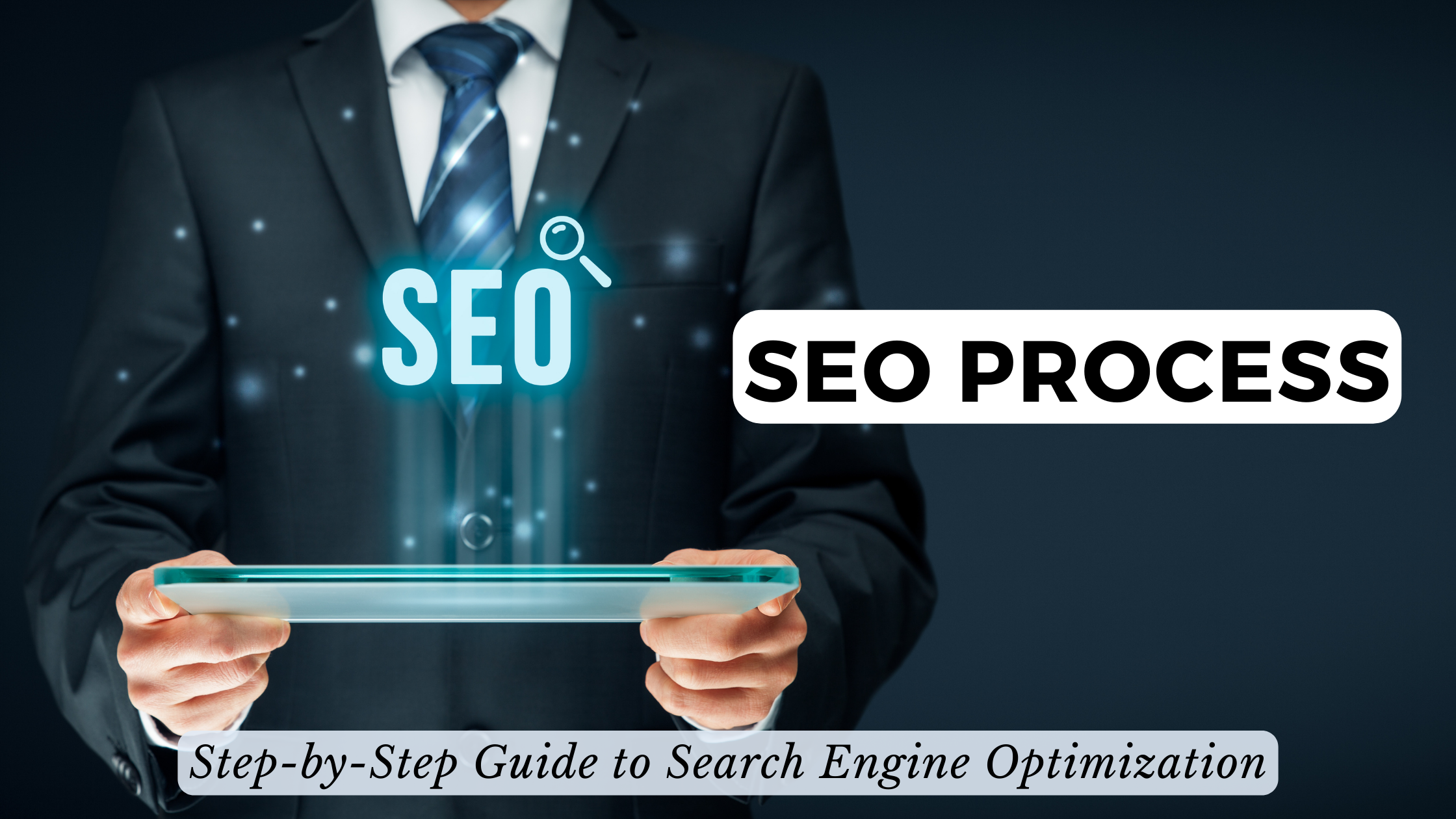SEO Process: Step-by-Step Guide to Search Engine Optimization
- Conversational Marketing Software SEO Software Affiliate Marketing Software Marketing Tools


SEO Process: Step-by-Step Guide to Search Engine Optimization
In the dynamic landscape of digital marketing, mastering the SEO process is essential for businesses aiming to enhance online visibility and attract organic traffic. This step-by-step guide will unravel the intricacies of Search Engine Optimization, empowering you to navigate the complexities of improving your website’s search rankings.
Understanding the SEO Process
1. Keyword Research:
- Identify relevant keywords related to your business, products, or services.
- Use keyword research tools to discover search volumes, competition, and variations.
- Select a mix of short-tail and long-tail keywords that align with your content and target audience.
2. On-Page Optimization:
- Optimize Title Tags: Craft compelling and keyword-rich title tags for each page.
- Meta Descriptions: Write engaging meta descriptions that encourage clicks and include keywords.
- Header Tags: Structure content with header tags (H1, H2, H3) for readability and SEO.
- URL Structure: Create clean and descriptive URLs with relevant keywords.
- Image Optimization: Use descriptive alt text and compress images for faster loading.
3. Content Creation and Optimization:
- Develop high-quality, informative, and engaging content that satisfies user intent.
- Incorporate target keywords naturally into your content.
- Utilize internal linking to connect related pages within your website.
- Regularly update and refresh content to maintain relevance.
4. Technical SEO:
- Ensure mobile responsiveness for a seamless user experience on all devices.
- Improve page load speed through optimization techniques, including image compression and browser caching.
- Create and submit a sitemap to search engines to facilitate crawling and indexing.
- Implement structured data markup to enhance rich snippets and improve search result visibility.
5. Off-Page SEO:
- Build high-quality backlinks from reputable and relevant websites.
- Foster social media engagement to increase brand visibility and attract traffic.
- Encourage user-generated content and reviews to enhance online reputation.
- Monitor and manage online mentions and backlink profiles.
6. Local SEO:
- Optimize Google My Business listing with accurate business information.
- Encourage customer reviews and respond promptly to feedback.
- Implement local keyword optimization in content and meta information.
- Ensure consistency in NAP (Name, Address, Phone Number) across online platforms.
7. User Experience (UX) Optimization:
- Prioritize a clean and intuitive website design.
- Implement clear calls-to-action (CTAs) for improved user engagement.
- Enhance navigation and structure for easy access to information.
- Minimize intrusive pop-ups and ensure a positive mobile experience.
8. Monitoring and Analytics:
- Set up Google Analytics to track website performance and user behavior.
- Monitor keyword rankings and identify opportunities for improvement.
- Utilize tools like Google Search Console for insights into search performance.
- Regularly audit and assess the effectiveness of your SEO strategy.
9. Adaptation to Algorithm Changes:
- Stay informed about search engine algorithm updates and industry trends.
- Continuously refine your SEO strategy based on evolving best practices.
- Test and adapt your approach to align with changes in user behavior and search engine algorithms.
10. Ongoing Evaluation and Iteration:
- Regularly assess the effectiveness of your SEO efforts through analytics.
- Identify areas for improvement and adjust strategies accordingly.
- Stay informed about emerging SEO trends and technologies.
- Maintain a proactive approach to adapt to changes in the digital landscape.
Exploring SaaS Tools for SEO
As you embark on your SEO journey, leverage these SaaS tools to streamline and enhance your optimization efforts:
1. Ahrefs
A comprehensive SEO tool providing insights into competitor strategies, backlink analysis, and keyword research.
2. SEMrush
A versatile tool offering features like keyword tracking, site audit, and competitor analysis.
3. Yoast SEO
A WordPress plugin facilitating on-page optimization with content analysis and readability checks.
4. Google Search Console
An essential tool for monitoring and resolving technical issues affecting your site’s presence on Google.
5. Grammarly
Ensure your content is error-free and engaging, contributing to a positive user experience.
6. Moz
Gain valuable insights into your backlink profile and discover link-building opportunities.
Conclusion
Mastering the SEO process is pivotal for online success. As you implement these steps, remember that SEO is an ongoing effort requiring adaptability. Stay informed about industry changes and continuously refine your strategies.
Subscribed.FYI is your partner in navigating the world of SaaS tools. By signing up for Subscribed.FYI Deals, you unlock exclusive savings on over 100 SaaS tools, including those crucial for optimizing your SEO process. Your journey to effective SEO begins with informed decisions.
Relevant Links:
- Ahrefs
- SEMrush
- Yoast SEO
- Google Search Console
- Grammarly
- Moz
- Google’s Mobile-Friendly Test
- Hotjar
- Google Analytics
- Subscribed.FYI
- Subscribed.FYI Deals





